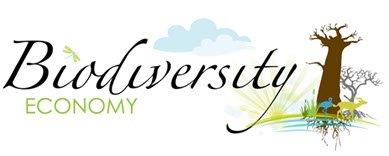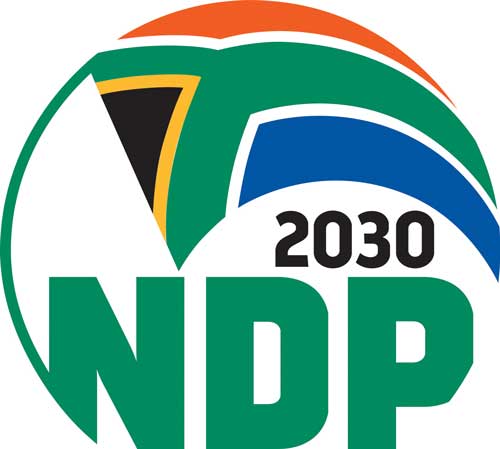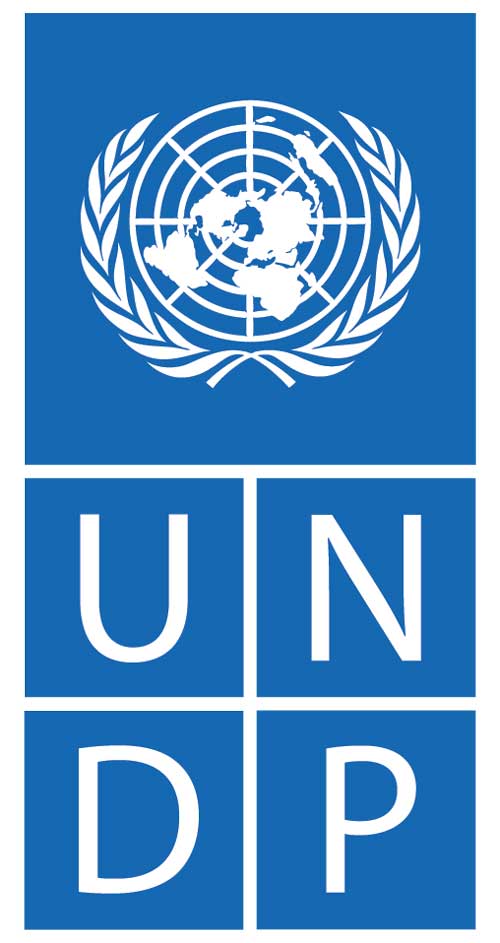WWF-SA WATER BALANCE PROGRAMME
Areas of Operation
Biodiversity Stewardship
The uMngeni River has ecological, hydrological, and economic value.
It supplies water to 45% of the KwaZulu-Natal population, including the important economic, urban centres of Pietermaritzburg and Durban. The upper reaches are particularly significant for ecosystem service delivery and biodiversity conservation. These areas host threatened grassland, wetland, and forest ecosystems, which provide habitat for a number of threatened species such as cranes.
The uMngeni River catchment falls within the Maputaland–Pondoland–Albany biodiversity hotspot and has been identified as part of the KwaZulu-Natal Midlands Key Biodiversity Area. This area forms a corridor between fragments of highly threatened ecosystems.
The health of the upper catchment has implications for water quality and quantity for downstream users.
These plants, mostly introduced from other continents:
- Use large quantities of water (thereby affecting water flows and hydrology)
- Increase the impact of fire and flood events should they occur
- Reduce habitat for indigenous species
- And negatively impact biodiversity.
As such, the WWF-SA Water Balance Programme used the water lost to these plants to create a quantifiable approach to determine the proportionate investments water users should consider making into catchment health in order to balance their operational water use.
In the uMngeni catchment, the WWF-SA Water Balance Programme saw an opportunity to use the resources provided for alien plant clearing as an incentive and reward for landowners willing to participate in biodiversity stewardship. This approach would realise additional biodiversity gains while ensuring the longevity of the alien plant clearing investments made since the biodiversity stewardship agreements require landowners’ ongoing commitment to alien plant eradication.
While this approach of integrating the alien plant clearing efforts with biodiversity stewardship commitments is a beneficial one, it did result in additional challenges being faced, increased WWF-SA responsibility required, and greater time delays experienced.
For example, significant assistance was required from WWF-SA in both the search for appropriate sites, and then to facilitate the biodiversity stewardship declaration process on behalf of Ezemvelo KZN Wildlife.
The project has resulted in the following achievements:
- An 843-hectare portion of a farm adjacent to the Umgeni Vlei Nature Reserve has been declared a nature reserve as a result of WWF-SA’s assistance.
- Three additional sites in the upper catchment have agreed to sign Biodiversity Agreements, committing them to conserve the natural habitats and species on the properties.
- In total, 2 707 hectares will be secured under biodiversity stewardship in the upper uMngeni as a result of this project, well over the original target of 2 000 hectares.
- By the end of the project timeframe, over 140 condensed hectares of alien invasive plants will have been cleared in the uMngeni catchment.
By linking alien plant clearing with biodiversity stewardship, and with the support of both private companies and private landowners, this successful programme has managed to achieve a number of conservation goals.
Article source:



